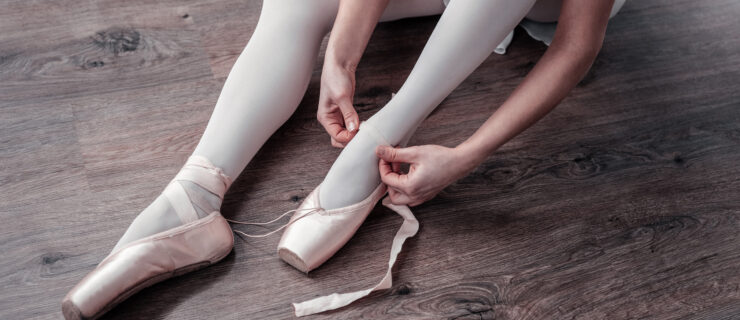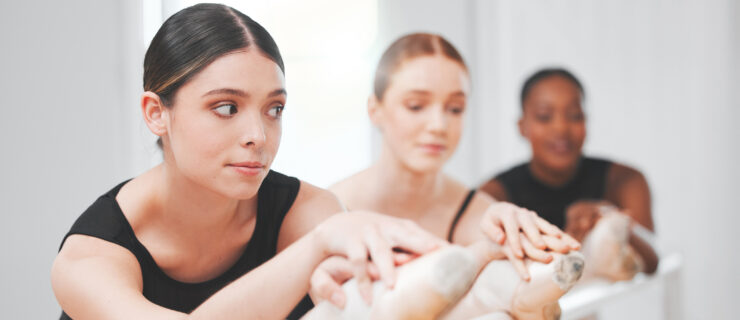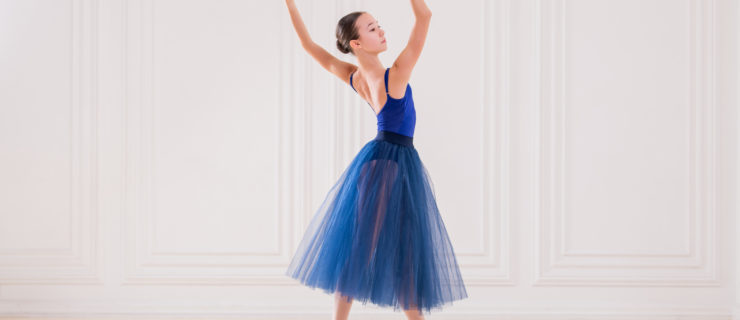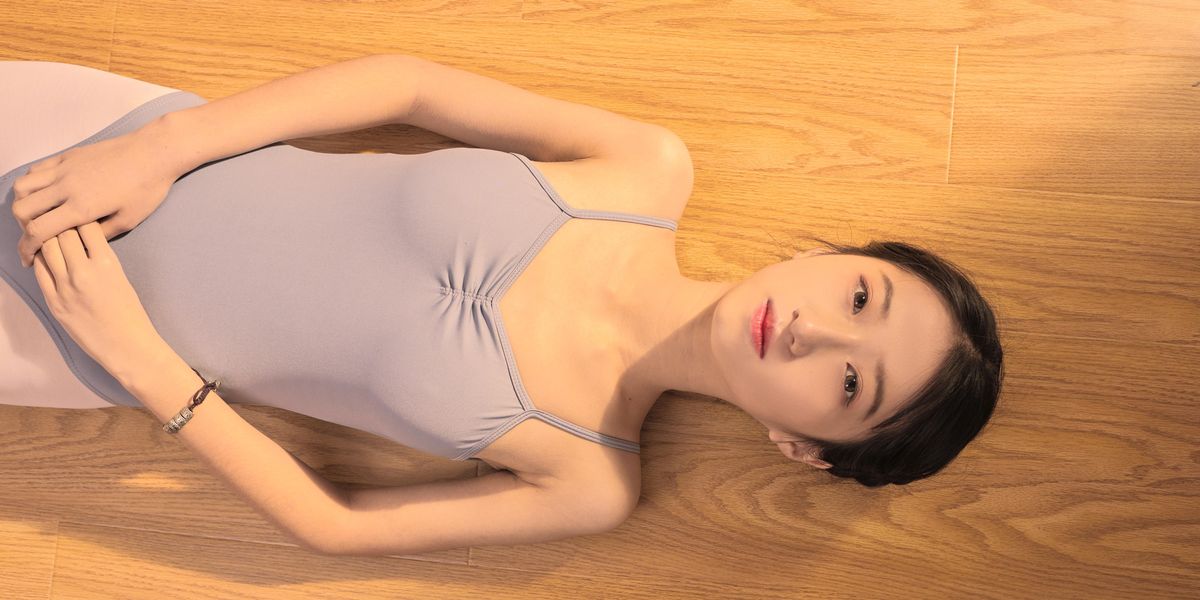Ask Amy: Aug/Sept 2009
I’m so slow at picking up combinations. Are there any tricks? —Brittany, Georgia
I used to have a hard time, too. My mind wandered while my teacher demonstrated. Try standing in the first spot at the barre. With no one to follow, you’ll be forced to practice relying on yourself to know the steps. And push yourself to go with the first group in center, then review the steps when your group isn’t dancing. Marking with full port de bras will help with muscle memory—your entire body will feel and remember the movements. I often silently mouth the combination to myself. This practice in class will prepare you for rehearsals. When learning choreography, write the steps down in a notebook and study it daily until you can remember on your own.
I love ballet, but I’m not sure I can dance anymore because of my weight. I spend rehearsals watching my younger, skinnier friends learn parts. Do I quit? —Ruth, Maryland
I’m so sorry you’re feeling discouraged. Before you quit, please remember there is more to ballet than being thin. Talent, artistry, strength and intelligence make a truly beautiful dancer. Yes, the ballet world is especially tough on bigger girls. But that doesn’t mean your only option is to give up. To be a professional, you’ll need to be conscientious about looking your best. Try developing a healthy diet and exercise routine that benefits your dancing, too. Think of yourself as an athlete staying on top of her game. I sometimes supplement my ballet classes with the stationary bike and Pilates to help with stamina and strength. Instead of obsessing over calories, focus on eating a balanced diet that gives you energy. A nutritionist can help you develop a plan. Also, consider changing your environment. Is there a different studio in your area that places less emphasis on weight? Another option is to try other genres, like modern or jazz, which are more forgiving about body type. Weight fluctuations are normal during our teenage years due to hormonal changes. Be patient, and try to love your body for what it is, rather than hate it for what it’s not. If you still feel unhappy, quitting may be the answer. But at least you will know you tried—and if you miss it, you can always come back.
I’m getting bunions! I wear spacers, but is there anything else I can do to prevent them? —Diana, Maine
Narrow, tight-fitting shoes (like pointe shoes) often cause bunions. Some people are also genetically predisposed to developing them. According to Dr. Alan Woodle, Pacific Northwest Ballet’s foot and ankle specialist, about 60 percent of dancers have a foot type with a longer big toe, which is more bunion prone. You’re smart to wear spacers. I always wear mine when I’m dancing, and they’ve kept my bunions from growing larger. Dr. Woodle suggests wearing them when not dancing, too, and recommends bunion night splints to correctly align your foot while you sleep (available at Pedifix.com). Make sure you wear properly fitting pointe shoes. Squarer boxes are better for large bunions. “However,” says Dr. Woodle, “some boxes are too wide, so the big toe slips down and jams at the platform.” Work with a professional fitter to try different brands, sizes and makers until you find the right fit. Also choose your street shoes wisely. “Avoid high heels and tapered-toe shoes,” says Dr. Woodle. “Look for rounded-toe flats in soft leather.” Applying leather stretch spray, sold in most shoe stores, loosens the shoe around the bunion joint. Arch supports will also help if your foot pronates (rolls in), which can lead to bunions as well.





